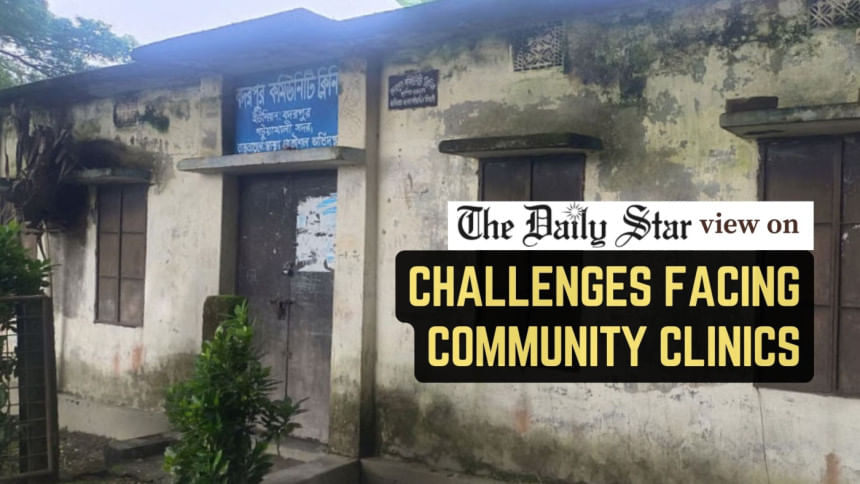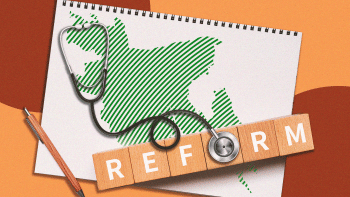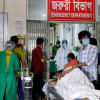Address the crisis of community clinics

It is quite concerning that community clinics, the primary healthcare facilities most accessible to the rural populace, remain plagued by multiple issues. As things stand, many are housed in dilapidated buildings and suffer from a shortage of essential medicines. This is severely disrupting the vital services they provide, including 22 types of free medicine to 4.9 lakh people daily.
According to a report in this daily, 3,136 of the 14,467 community clinics in the country have been identified as high-risk and need immediate replacement, while another 1,944 require urgent repair. The situation worsened after the sectoral programme that funded the medicine supply to community clinics came to an end in June 2024. Following the change in government in August 2024, the new programme proposed by the previous regime was scrapped because of anomalies and coordination failures. Although the interim government has drafted a two-year project to support the clinics through June 2026, the proposal is still awaiting approval. In the meantime, only a limited supply—15,000 boxes of medicine—has been distributed to clinics through a lump-sum allocation, according to officials of the Community Clinic Health Support Trust.
The medicine supply is quite insufficient, with a Prothom Alo report pointing out that 180 community clinics in Laxmipur have not been able to provide medicine to patients for the last three months. Similarly, reports from northern Bengal show severe shortages of contraceptives, provided at the community clinics under a separate health sector programme. As a result, poor villagers are being forced to purchase over-the-counter drugs—like pain relievers and cough syrups—from pharmacies, further burdening households already struggling with some of the highest out-of-pocket healthcare costs in the world. This situation is especially alarming amid ongoing public health threats such as dengue, influenza, and chikungunya. The shortage of contraceptives is particularly concerning as the decline in the country's fertility rate has remained stagnant since 2011.
Despite past political exploitations of community clinics, and conflicting stances about their necessity between the local government and health reform commissions, the fact remains: these clinics are indispensable for lakhs of rural people. Therefore, the government must act swiftly to repair unsafe buildings, ensure a consistent supply of medicines and contraceptives, and allocate sufficient manpower and equipment to the clinics. The health of rural citizens must not be compromised while policy decisions regarding the funding of community clinics or their revamping as per the health commission's reform recommendations await approval.


 For all latest news, follow The Daily Star's Google News channel.
For all latest news, follow The Daily Star's Google News channel. 








Comments